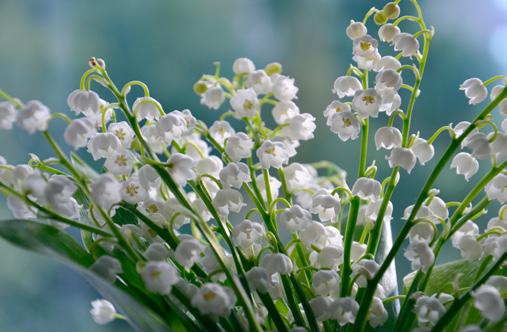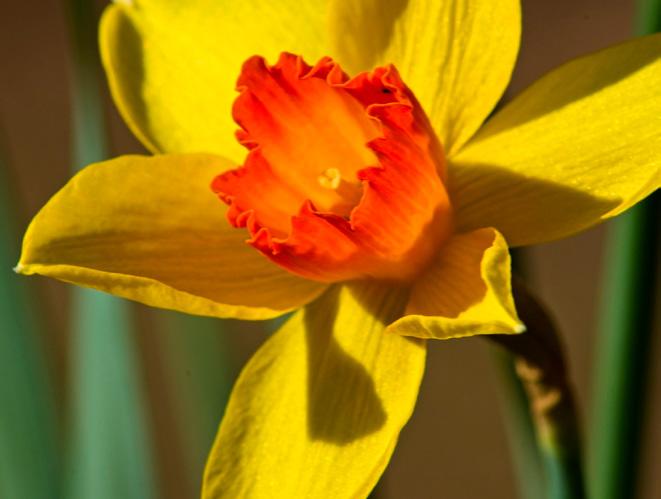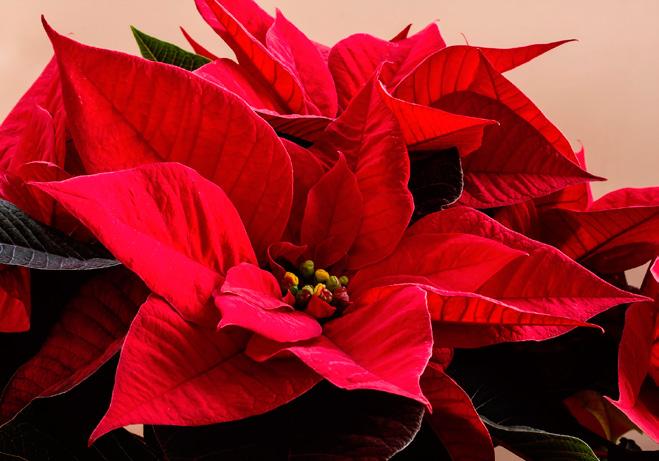
3 minute read
Vet's Corner

by Dr. Kelly Wasylcew, Ventrinary Services
Have you ever wondered if the plant that your fourlegged friend is chewing on is harmful to them? Well, the first thing to remember is that if you aren’t 100% sure if your animal should be chewing on something, then stop them! The following short article contains valuable information concerning your pets and poisonous plants they may encounter.
In most circumstances, if your pet isn’t going to eat the plant, there is very little risk of them getting any side effects from it. Most cats and dogs don’t get any side effects from touching plants as they are covered in a fur coat, so they have less potential of getting a skin reaction. This means that a lot of the issues with plants that we humans have with plants such as poison ivy, are normally a ‘non-issue’ for pets. Sometimes dogs and cats can have allergies to different plants just as we can, but these effects are rarely life threatening compared to poisonous plants they may ingest. In some cases the leaves of a plant may not be harmful but other parts of it may be, so if they continue to chomp away at something, they could get into trouble quickly.
Trying to summarize all of the types of plants that your pets could encounter and their potential for being poisonous is just not possible in a short article. Listed below are just a few of the plants that contain toxins that people may encounter that can be harmful to their four-legged friends. The following plants are toxic to both dogs and cats if ingested:
Water Hemlock – be especially careful if you are pulling it up, as the roots have a higher concentration of the toxicity that can be harmful to your pet.
Cherry – if the leaves are damaged (wilted, frozen) they are the most harmful, as this will cause the release of more of the toxin to the surface in a higher concentration.
Amanita and Gallerina species of mushrooms - do not allow them to ingest!

Lily of the Valley
Lily of the Valley – including those very pretty berries!
Monkshood – the roots and their seeds have higher concentration of toxicity, so be wary of those parts if you are moving this plant.

Daffodil
Narcissus, Daffodil, Jonquil – higher concentrations of toxicity are found in the bulbs, but really all parts will cause some sort of reaction if ingested. Holly – the fruit has the highest concentrations of toxins, so be especially careful if using it for decoration around the holidays.
Other notable plants to be wary of around pets are the Poinsettia, Dumb Cane, Pothos, Arrowhead Vines, Kalanchoe and Foxglove.


Cats are normally more susceptible to being affected by plants. A. Because their bodies are typically smaller and B. Because they are the ones most likely to be caught sitting and munching away on a plant! Watch out for these additional plants if you have a cat as they need don’t need to chew on very much of these plants to have some serious side effects. Those plants are Dogs while more resilient when it comes to most of the toxins found in the aforementioned plants, have one additional plant that affects them and not cats. This plant is the English Yew.
Remember, if you do notice your beloved pet chewing away on something and you aren’t sure if it is something harmful to them or not, stop them, investigate what sort of plant it is and also contact your local veterinarian to find out if further intervention is needed to ensure your pet lives a long and healthy life.








